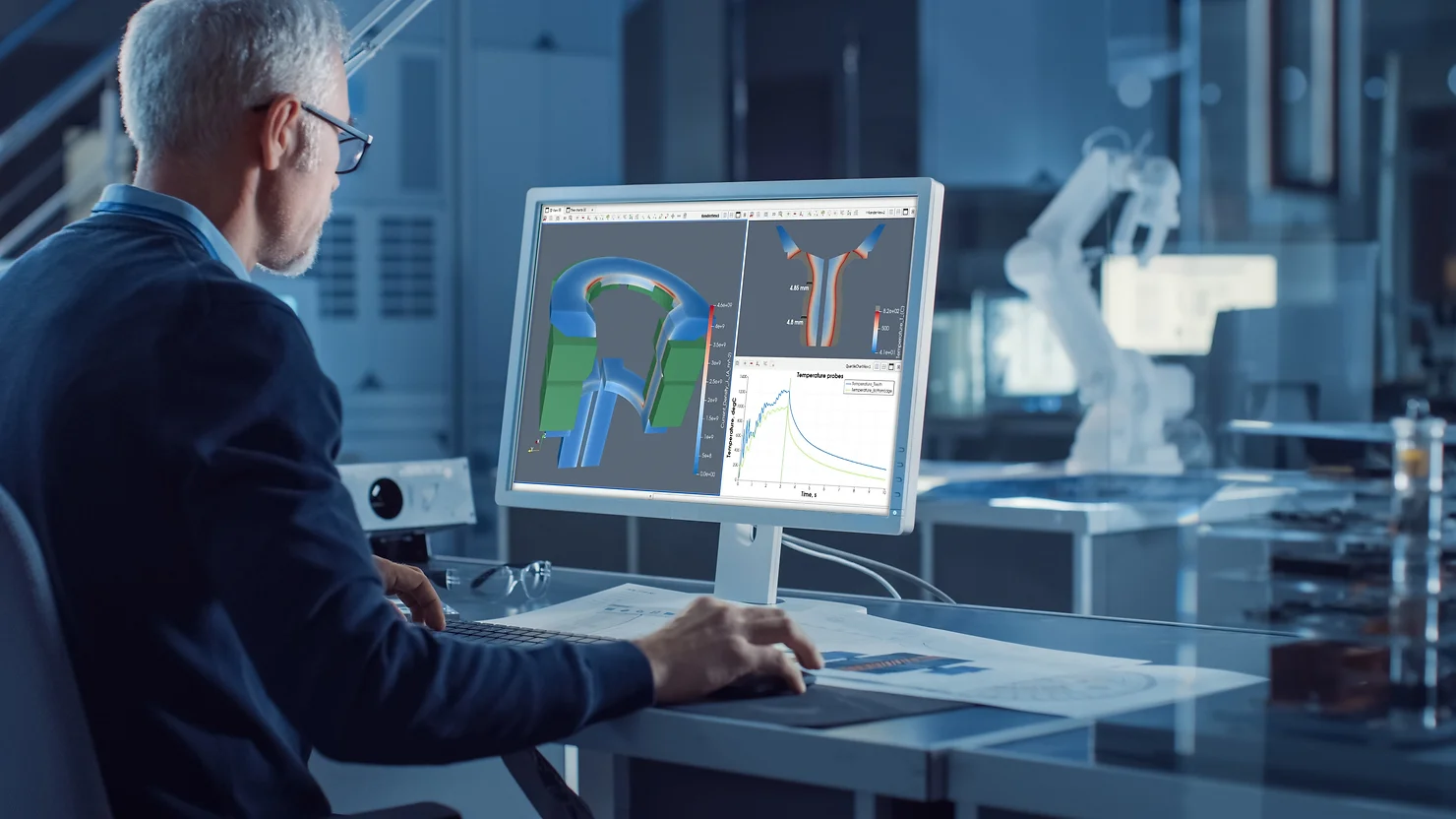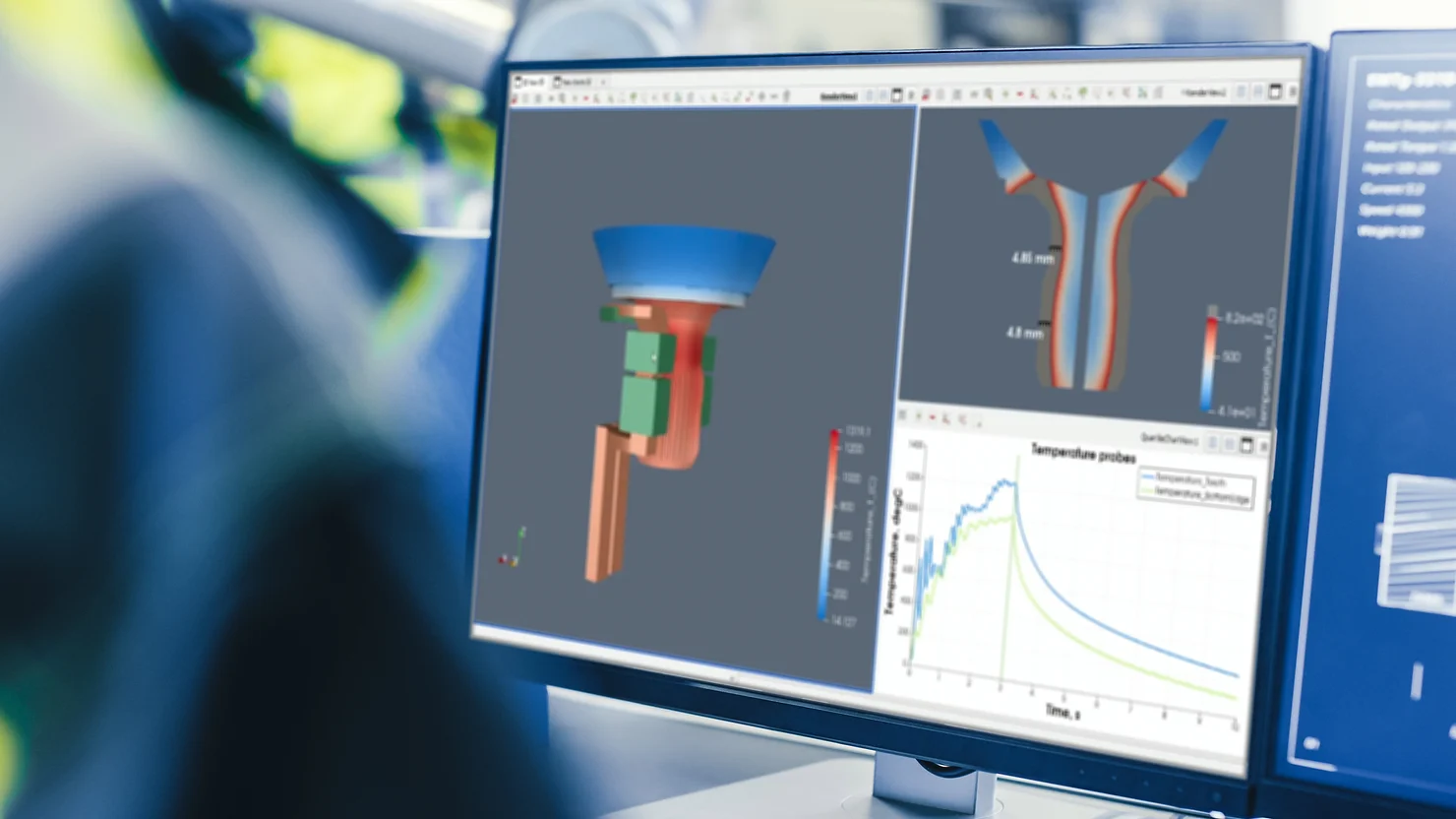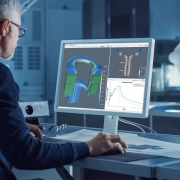The release of “IH 4.0” by CENOS will benefit induction heating engineers greatly
Improved CAD support and flexibility, automatic CAD replacement, numerical meshing automation, and other bug improvements are all part of CENOS’ redesigned flagship app. We are announcing the debut of version 4.0 of one of our flagship apps, IH – induction heating, after a significant revamp.
The application, which offers a high-quality simulation environment with simple onboarding and cost in mind, is the first and only of its type to expressly target the demands of induction heating professionals. The automobile industry accounted for the majority of users of the initial application, but startups using metal 3D printing technology, melting, fiber production, electronic cigarettes, space, and military applications have seen an increase in demand.

Relatively inexpensive simulation software and narrowly tailored to particular uses
Although most engineers are now accustomed to using CAD and other digital design tools, simulation still represents a critical gap in the engineering design procedures used to develop products and manufacturing processes. Simulation is still out of reach and underutilized by the majority of working engineers because the typical software platforms are so complex, time-consuming, and expensive.
This is especially problematic nowadays, when manufacturing techniques like heat treatment constrain production engineers to physical testing, which wastes a lot of energy and costs millions of dollars in lost profits due to inefficiency.
For the majority of engineers, CENOS was created to fill this gap. Applications built with CENOS are relatively inexpensive and narrowly tailored to particular uses. An engineer working on coils for the automotive industry, for instance, would not benefit greatly from a full simulation software package, but would benefit greatly from a simulation program designed specifically for induction heating workflows. Additionally, CENOS boasts a short learning curve and provides on-demand customer chat help.
Improved CAD support and flexibility, automatic CAD replacement
With IH 4.0, CENOS has advanced one of its standout applications. With IH 4.0, a user may now simply prepare simulations from loaded CAD files that have been prepared in any CAD editor and perform simulations. Then, unless there is a large topological change, the user can modify any geometric parameter in the CAD editor and then reload the file into CENOS with no effect on the simulation parameters. The iterative design approach gains a lot from this enhancement alone in terms of user experience.
IH 4.0 can also offer complete native integration with Salome’s free and open-source geometry editor. Without having to switch back and forth between the CAD editor and the simulation software, Salome users may not only transmit CAD to CENOS in native format, but also make parametric adjustments and conduct studies from the CENOS interface.
The so-called two-way connection is this. To introduce this functionality later this year, CENOS is also developing the same native two-way interaction with the open-source CAD editor FreeCAD as well as with the paid CAD programs Fusion 360 and Inventor from Autodesk.
IH 4.0 also includes capability for automatic numerical meshing. Many engineers are hesitant to use the simulation technique because of the phase in the workflow called numerical meshing. The stage of the workflow that most practical engineers lack is numerical meshing, which involves discretizing space for simulation purposes. It’s frequently seen as more of an art than a science, involving both knowledge and intuition. However, the quality of the mesh construction has a significant impact on how accurate any results are.

Induction Heating 4.0 considerably enhanced the automatic meshing algorithms
In IH 4.0, CENOS considerably enhanced the automatic meshing algorithms, which should now handle 80% of instances without any human input. IH 4.0 has added a manual meshing interface with a very user-friendly UI for the remaining 20% of situations. Comparing this interface to the previously used, third-party open-source meshing tool, users can mesh data 3-5 times faster.
In order to meet the needs of “end-user” engineer activities, such as production and manufacturing facilities, equipment users, and SMEs that employ engineers, CENOS will keep developing applications. These clients can create internal simulation capabilities with CENOS systems to improve product control, design, and customisation, boost energy efficiency, and improve agility.
Additionally, CENOS recently created an API integration for its open-source architecture, opening the way for new partnerships and quick creations of simulations of excellent quality.


